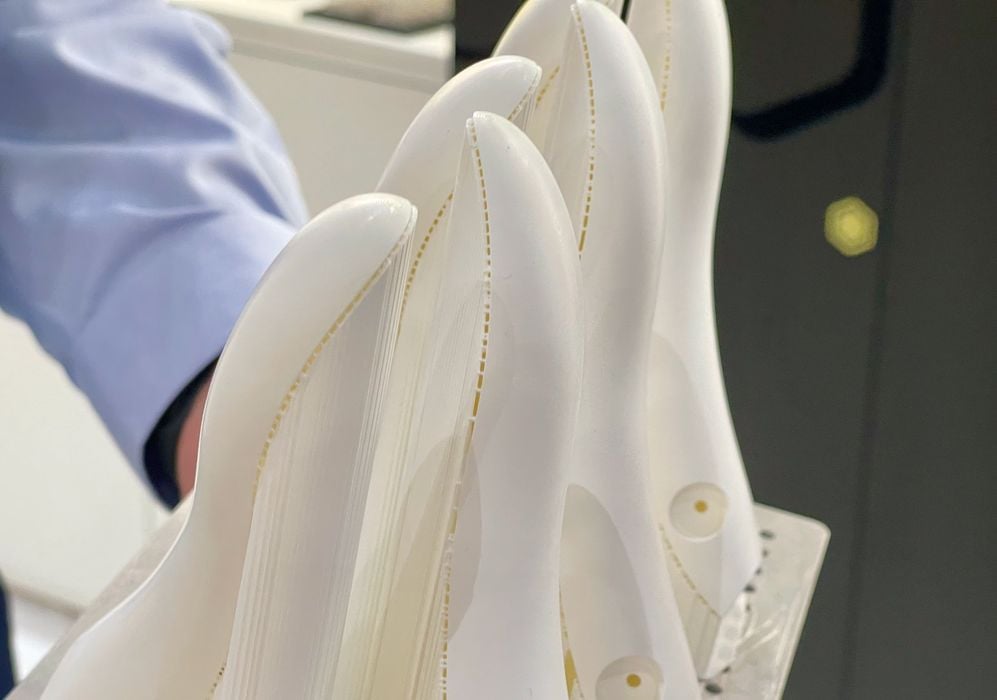
Big news from Axtra3D: they’ve partnered with Protolabs.
Axtra3D produces the Lumia X1 3D printer, which uses their proprietary Hybrid PhotoSynthesis technology (HPS). It’s an unusual combination of DLP and SLA technology to print with resin. The idea is to combine the benefits of SLA (smooth surfaces) and DLP (fast printing) to achieve great print results in record time. HPS also involves a unique method to speed up layer changes: they slide the build plate sideways instead of the usual slow vertical peeling process.
Protolabs is one of the leading manufacturing services. They offer two different approaches for clients: in-house manufacturing centers in both the USA and Europe; and a global manufacturing network where participants with idle machine time can “plug in” and receive work orders. They are consistently near the top of our weekly 3D print company leaderboard.
The news is that Protolabs has agreed to adopt Axtra3D’s HPS technology through the use of Lumia X1 machines in their in-house manufacturing centers. This means that Protolabs customers will see HPS as an option when selecting a process to produce their required parts.
Axtra3D explained what’s happening:
“Protolabs plans to optimize its services by utilizing the BASF Ultracur 3D RG 3280 material with the Lumia X1. The material, known for its excellent mechanical properties and durability, is capable of robust, high-performance parts that meet the stringent requirements of their customers, as well as injection mold inserts.”
It’s not clear how many Lumia systems would be involved in this arrangement, but I suspect that it is initially small. This allows both Protolabs and their customers to gauge the value and quality of HPS-produced parts. Should they find them good, then it’s very possible that Protolabs could increase their fleet of Lumia X1’s over time.
This is an incredible breakthrough for Axtra3D, as it leverages Protolabs’ enormous worldwide marketing potential. It just might lead to a notable bump in sales for Axtra3D.
For Protolabs this deal will provide their customers with a new method to produce high quality parts. Because parts are shipped to customers after production at Protolabs, the speed of printing won’t be particularly notiable to Protolabs customers. However, Protolabs itself will greatly benefit because the faster print speeds allow them to make more parts on the equipment, raising throughput and lowering their costs.
If Protolabs is successful with this experiment, it may be that other 3D print services also adopt HPS, and that is also good news for Axtra3D.
